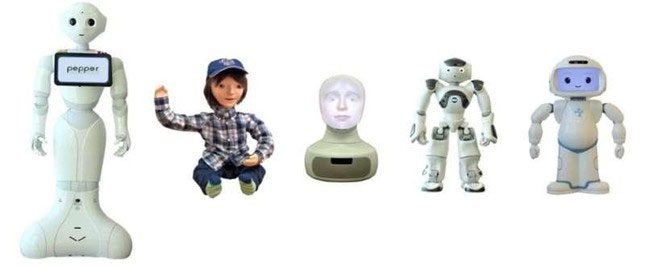Social robots that interact with humans may be a promising new addition to the treatment for individuals who stutter, according to a recent study examining how high-tech aids can be utilized in clinics.

Social robots have several advantages over other technological interventions commonly used.
Unlike AI applications and programs on computers, social robots have a physical presence, making them particularly suitable for interventions in the context of stuttering patients, explained study co-author Torrey Loucks.
Loucks is a former research director at the Institute for Stuttering Research and Treatment (ISTAR) and is also an associate professor in the Department of Communication Sciences and Disorders at the University of Alberta, USA.
According to Loucks, social robots have several advantages over other commonly used technological interventions. They excel in repetitive tasks and can both be programmed and adapted to the specific needs of each patient. Research shows that people prefer social robots over technological devices like tablets and smartphones, as their presence means they are more interactive.
“There is a real opportunity for social robots to make therapy activities more engaging and enjoyable, especially for younger clients,” Loucks said.
Loucks stated that robots will not replace clinical practitioners, but their capabilities in repetitive tasks mean they can support the demand for practice time and preliminary transfer tasks that are often limited in busy clinics.
Although research on social robots and communication disorders is still limited at this time, there have been some promising results, Loucks explained. For example, they have been shown to be beneficial in helping autistic children enhance their social skills.


















































